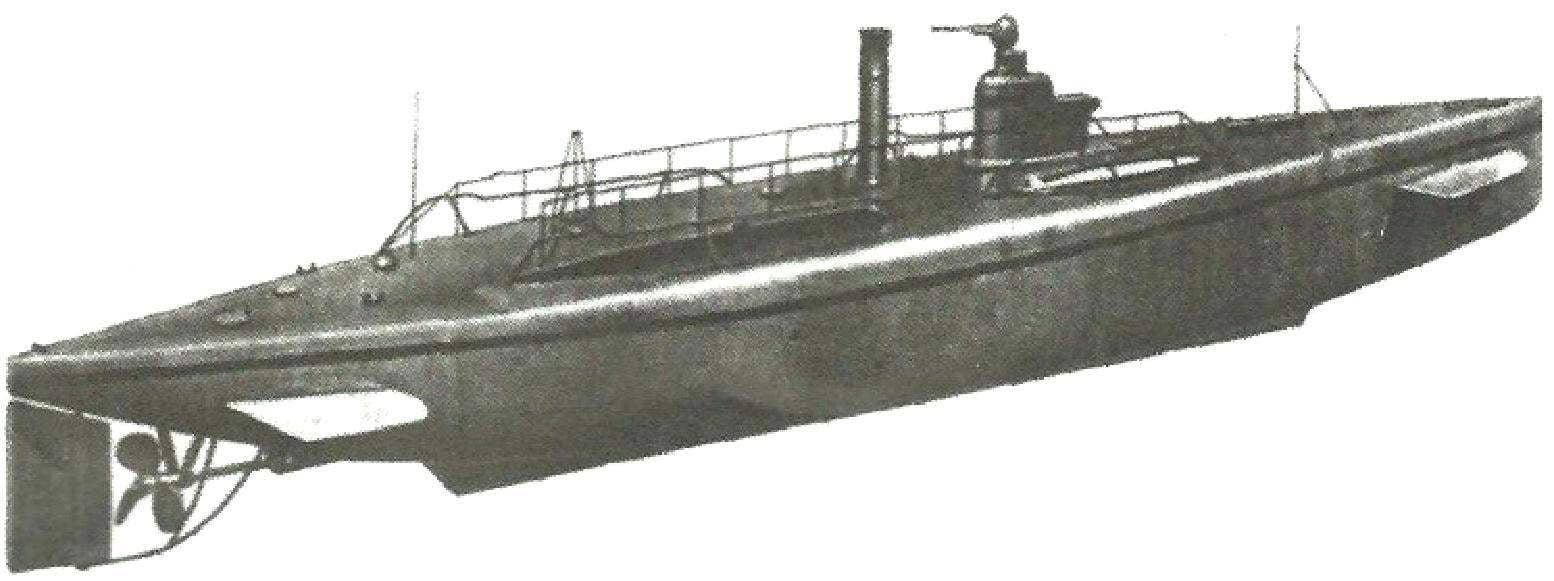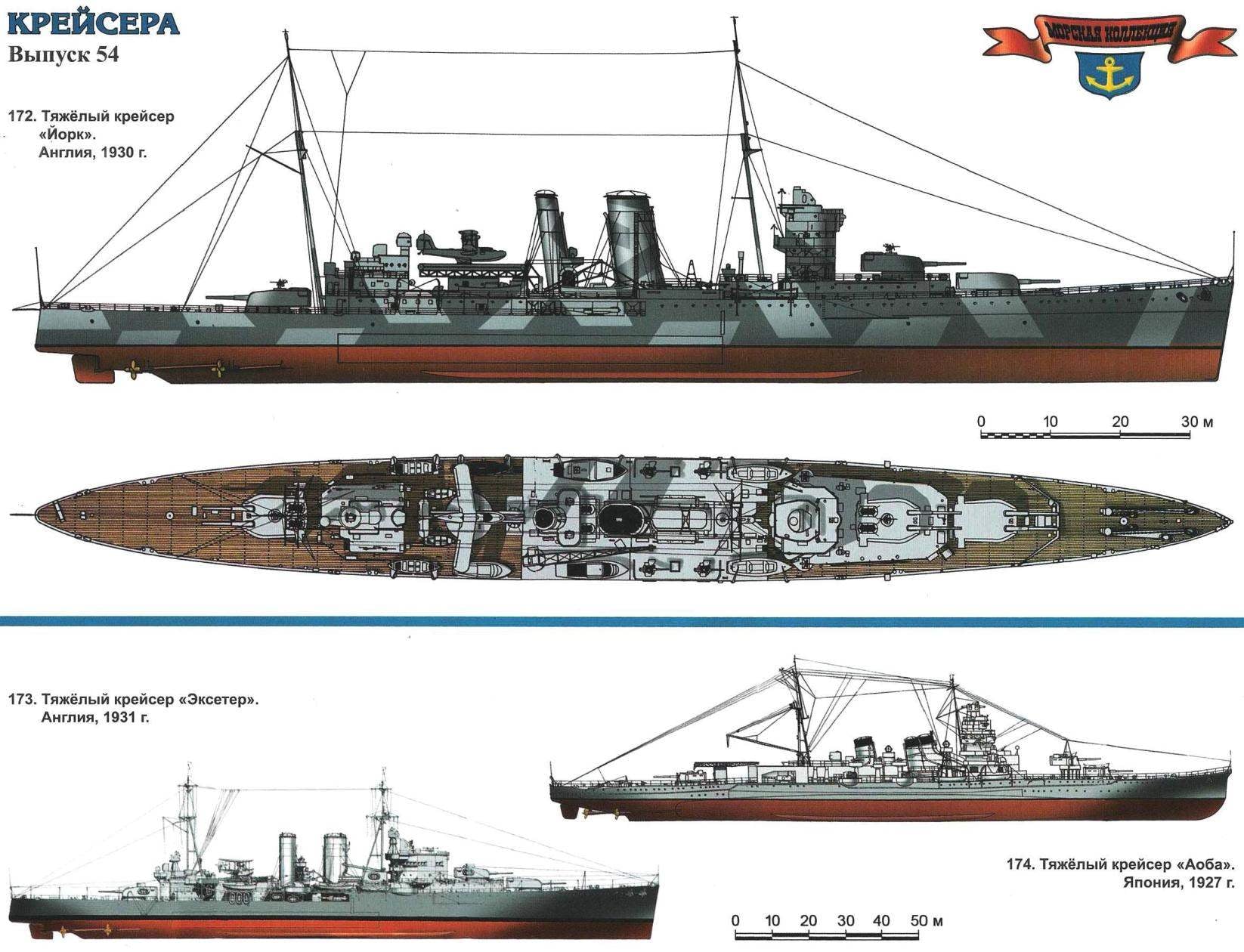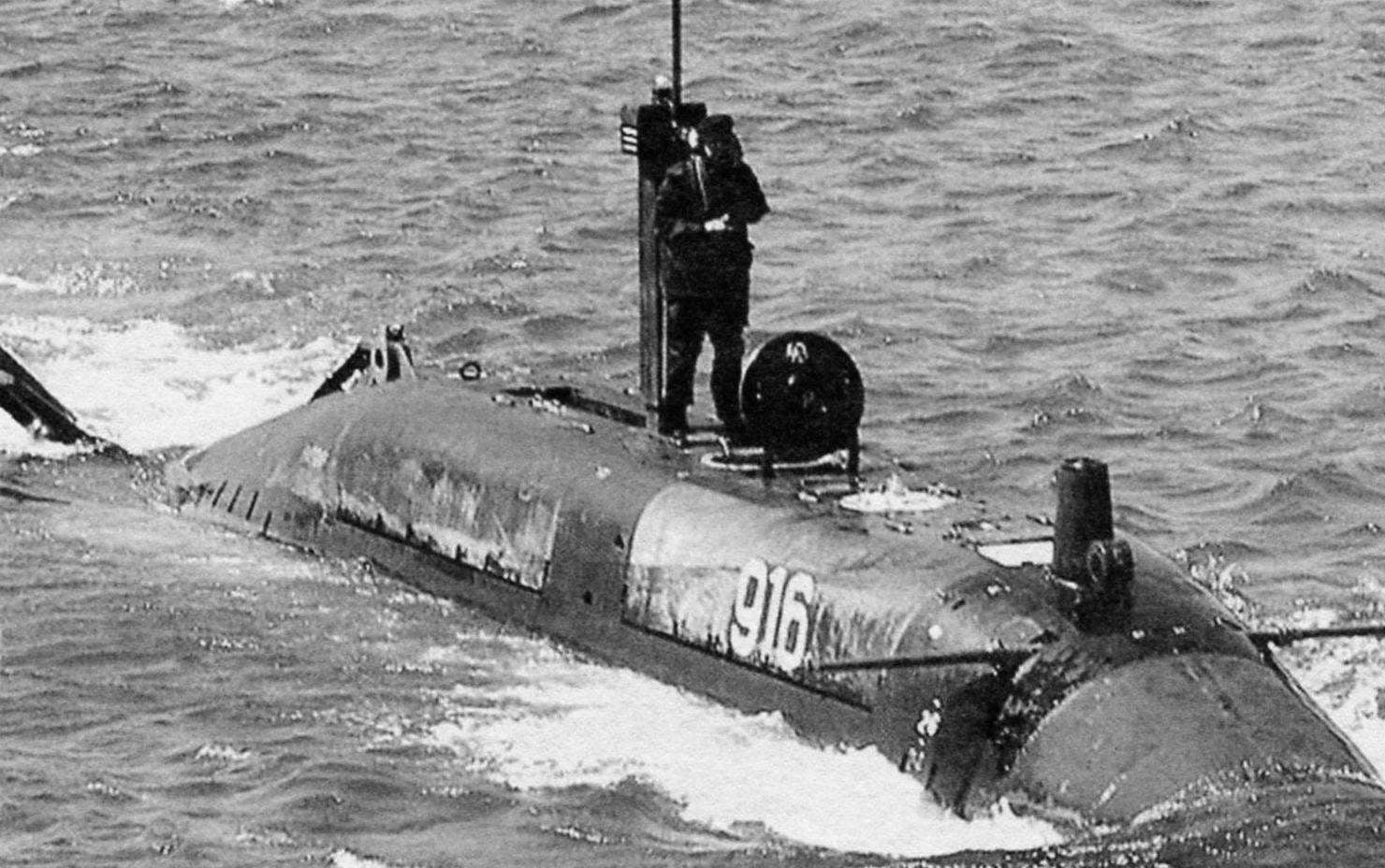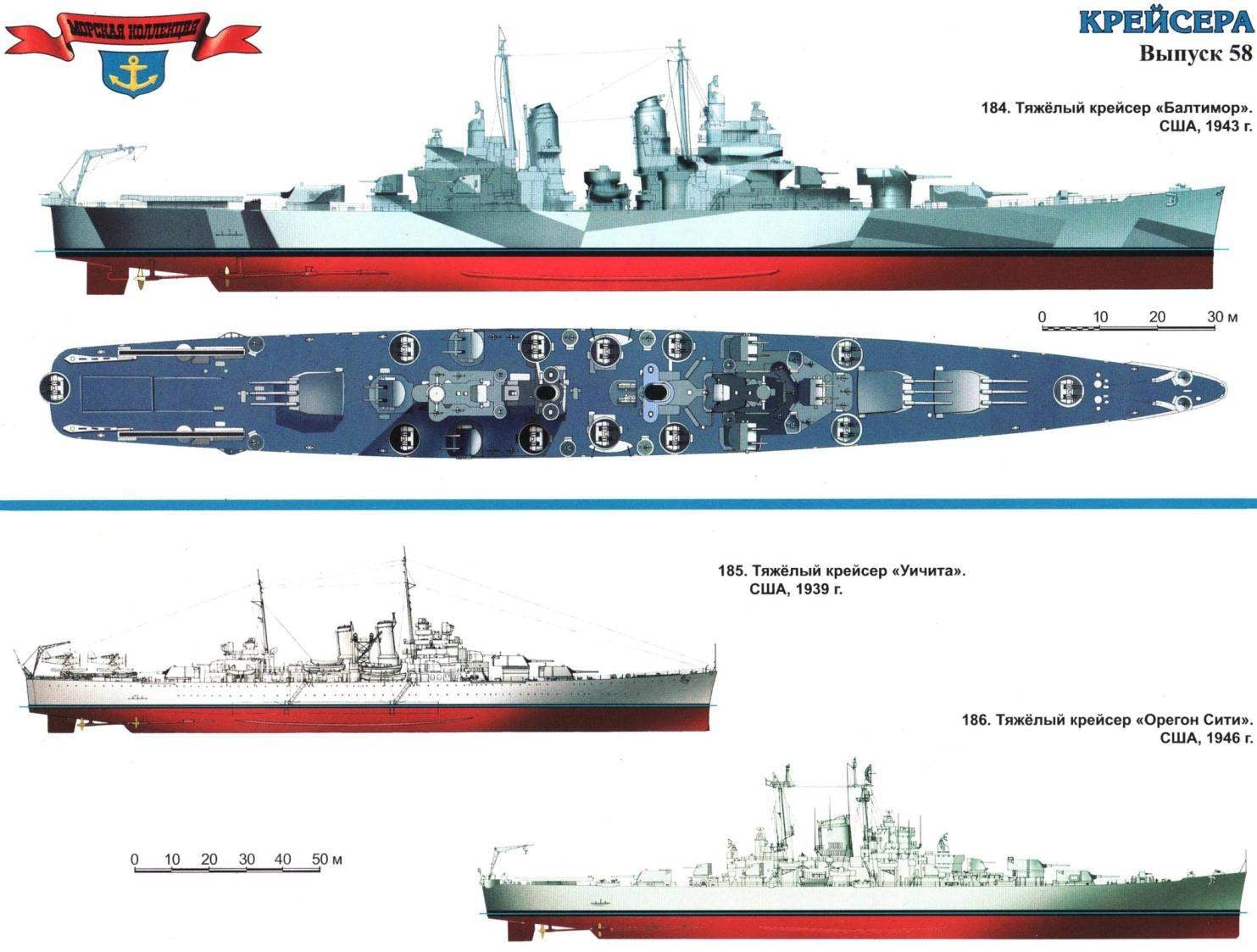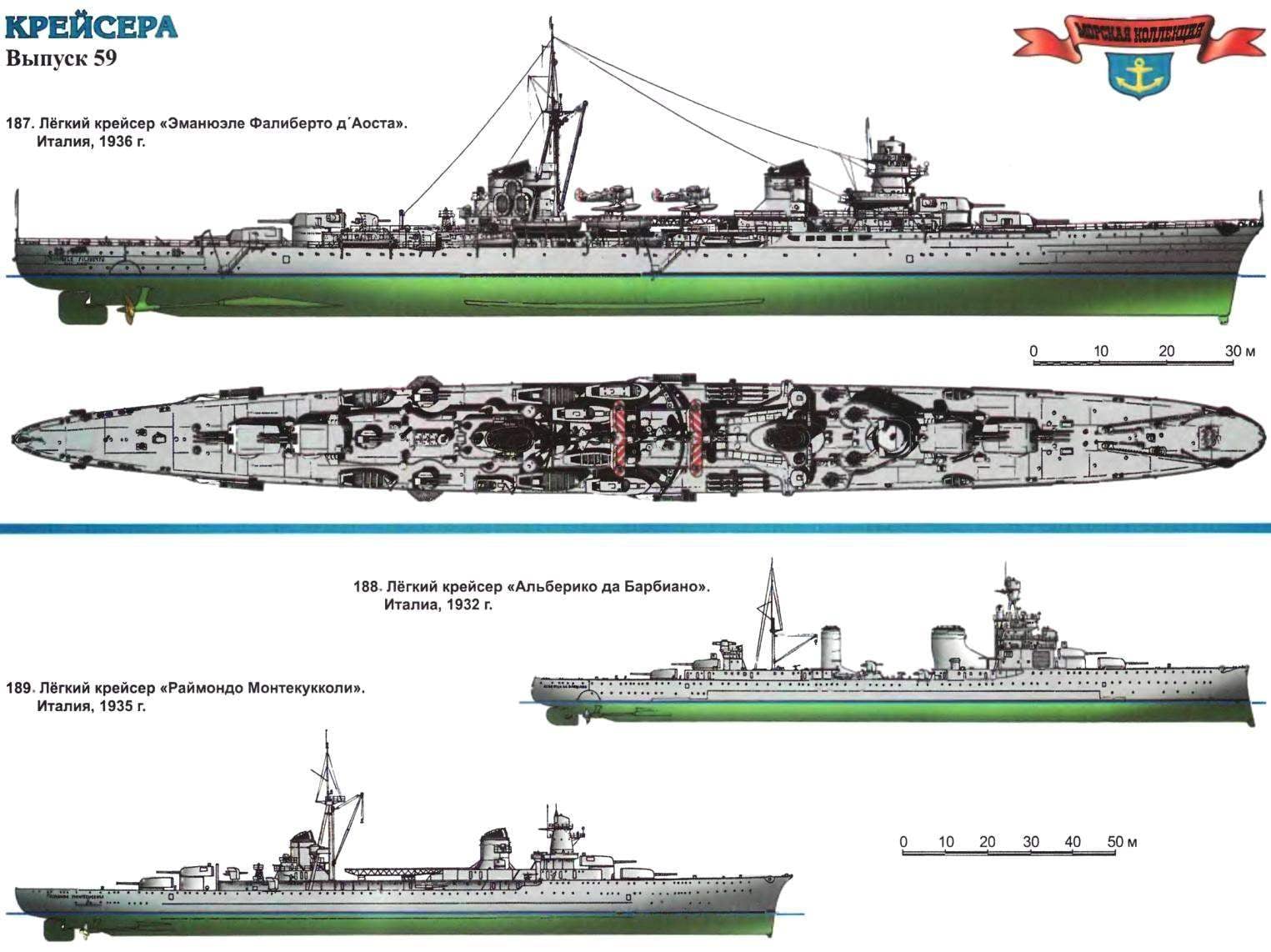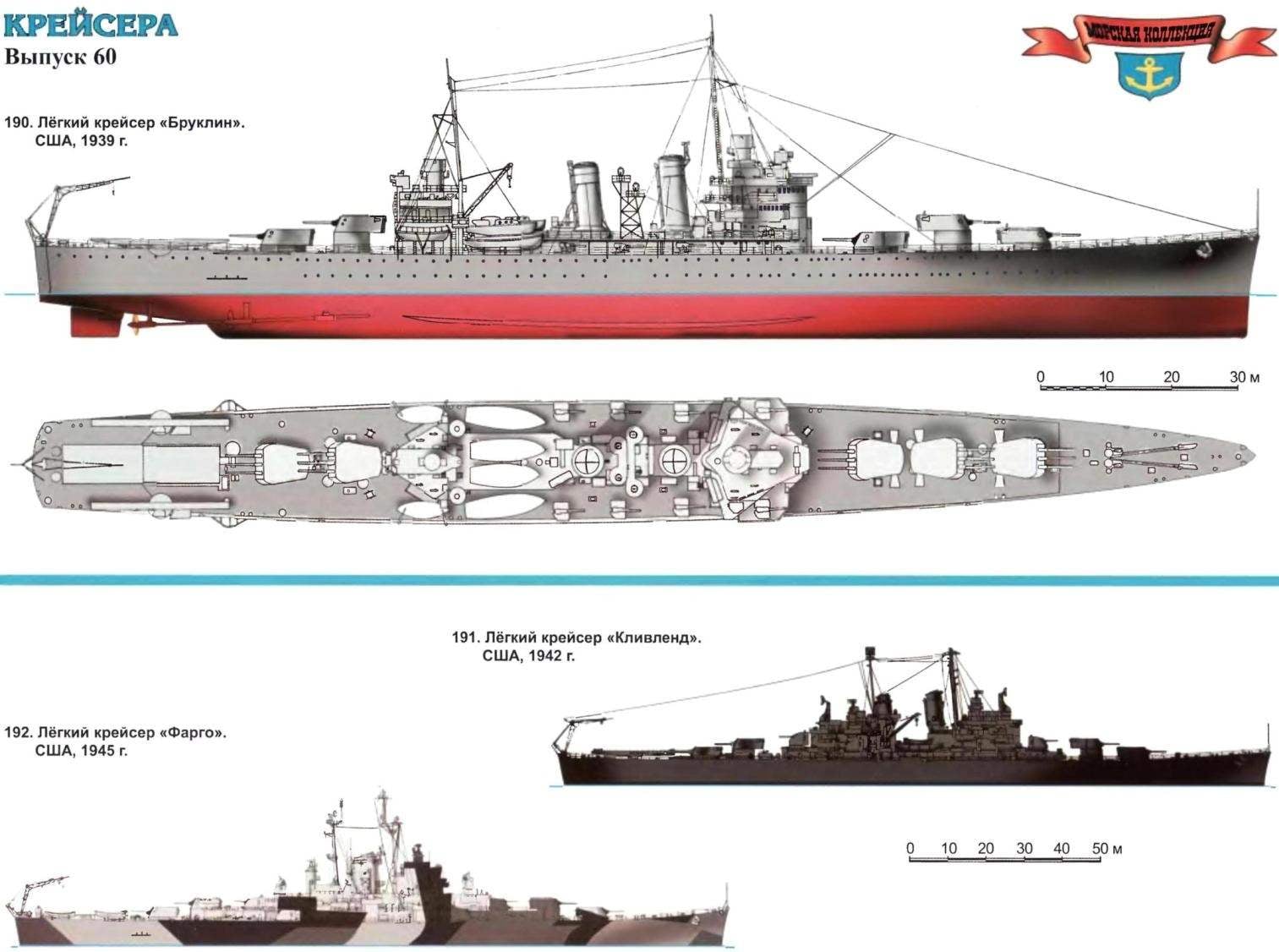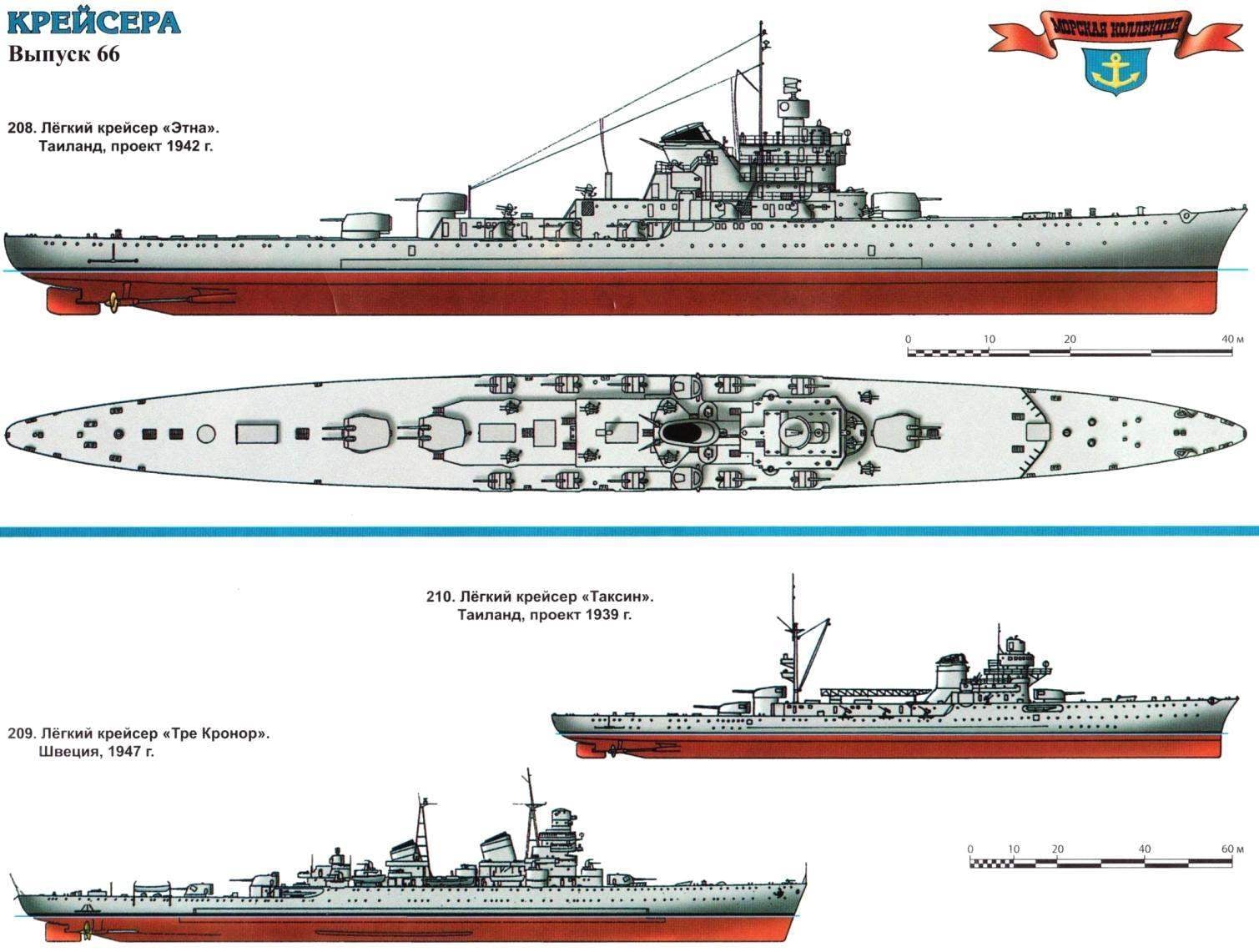 We left the guide of the fleet “mistress of the seas” on the border of the 20-ies and 30-ies of XX century in deep thought about the future of the cruising fleet. Fully replace the old cruiser ultimate 10-tasaciones “Washington”, armed with eight-inch guns, clearly failed. England needed 50, in the worst case — 40 cruisers, while the number built, “County” under construction “truncated” “exetera” did not exceed a dozen. The rest of the Park were “veterans” of the world, armed with six-inch, still quite fit to fight with auxiliary cruisers, but are no longer able to resist the modern “colleagues” probable opponents in a dueling situation. And, worst of all, at least from the point of view of the lords of the Admiralty, they did not come for joint action with the fleet as cruisers, developed in the best years of 29 knots, and now hardly able to permanently exceed 26 — 27, could not lead the attack fleet destroyers. Required urgently find a solution to the problem, traditional to spread out on half of the world Empire: to cover all of their trade routes and to sweep them from enemy raiders. At the same time should not forget about the line Navy, for immediate support which required at least two dozen cruisers. And all this with very limited funds.
We left the guide of the fleet “mistress of the seas” on the border of the 20-ies and 30-ies of XX century in deep thought about the future of the cruising fleet. Fully replace the old cruiser ultimate 10-tasaciones “Washington”, armed with eight-inch guns, clearly failed. England needed 50, in the worst case — 40 cruisers, while the number built, “County” under construction “truncated” “exetera” did not exceed a dozen. The rest of the Park were “veterans” of the world, armed with six-inch, still quite fit to fight with auxiliary cruisers, but are no longer able to resist the modern “colleagues” probable opponents in a dueling situation. And, worst of all, at least from the point of view of the lords of the Admiralty, they did not come for joint action with the fleet as cruisers, developed in the best years of 29 knots, and now hardly able to permanently exceed 26 — 27, could not lead the attack fleet destroyers. Required urgently find a solution to the problem, traditional to spread out on half of the world Empire: to cover all of their trade routes and to sweep them from enemy raiders. At the same time should not forget about the line Navy, for immediate support which required at least two dozen cruisers. And all this with very limited funds.
Marine
TO GO UNDER WATER OR DIVE?
 At that time, as a little clunky, but gained confidence with their performance of the submarine Holland quickly began to spread from America around the world, Europe remained a private leader in the underwater case. They certainly remained in France, where in the late nineteenth century for the explicitly revolutionary “electric” “Imnot” followed created on the same principles of “Gustave Zede” and its smaller version “Le Morse” gave rise, in turn, the first serial products: “Farfa-de”, “Corrigan”, “Gnome” and “Lutana”.
At that time, as a little clunky, but gained confidence with their performance of the submarine Holland quickly began to spread from America around the world, Europe remained a private leader in the underwater case. They certainly remained in France, where in the late nineteenth century for the explicitly revolutionary “electric” “Imnot” followed created on the same principles of “Gustave Zede” and its smaller version “Le Morse” gave rise, in turn, the first serial products: “Farfa-de”, “Corrigan”, “Gnome” and “Lutana”.
CUT “HEAVYWEIGHTS”
 The eternal conflict of needs and means of their realization was particularly glaring after the start of construction of the “Washington” cruisers. Desyatitysyachnye high-speed ships are often not inferior to the dreadnoughts of the last war neither in length nor in cost. Their number depended primarily on the thickness of the purse, and with it all countries during the great economic crisis, the situation was not all that great. In a particularly unpleasant situation, “mistress of the seas”. Britain needed a lot of cruisers, at least 50 that need to be changed to the new type required fantastic for those times the sum of 100 million pounds. Meanwhile, in 1926, the financial situation became so critical that I had to abandon two of the four scheduled “County.” The fate of the two planned building ships also remained in question. The Admiralty then went on a long beaten path, trying to abandon the “maximum” heavy cruisers in favor of smaller and more economical option.
The eternal conflict of needs and means of their realization was particularly glaring after the start of construction of the “Washington” cruisers. Desyatitysyachnye high-speed ships are often not inferior to the dreadnoughts of the last war neither in length nor in cost. Their number depended primarily on the thickness of the purse, and with it all countries during the great economic crisis, the situation was not all that great. In a particularly unpleasant situation, “mistress of the seas”. Britain needed a lot of cruisers, at least 50 that need to be changed to the new type required fantastic for those times the sum of 100 million pounds. Meanwhile, in 1926, the financial situation became so critical that I had to abandon two of the four scheduled “County.” The fate of the two planned building ships also remained in question. The Admiralty then went on a long beaten path, trying to abandon the “maximum” heavy cruisers in favor of smaller and more economical option.
THE TRIUMPH OF THE NAME OF THE LOSER
 We left a tireless worker submarine building John Holland at the end of the XX century, at the time of his career, when the impression that finally his long labors were crowned with success. Indeed, he created the submarine, named with his own name, finally became part of the United States Navy. On the stocks of the company, also bearing the name “Holland”, built next boat, the ninth, in which was made additional improvements. It showed the interest of Maritime agents of some foreign powers when the mounted body only. It seemed that one more step and the production designer will be able to break the “operating room”.
We left a tireless worker submarine building John Holland at the end of the XX century, at the time of his career, when the impression that finally his long labors were crowned with success. Indeed, he created the submarine, named with his own name, finally became part of the United States Navy. On the stocks of the company, also bearing the name “Holland”, built next boat, the ninth, in which was made additional improvements. It showed the interest of Maritime agents of some foreign powers when the mounted body only. It seemed that one more step and the production designer will be able to break the “operating room”.
THE HEIRS OF THE 10TH FLOTILLA MAS
 All wars end sooner or later, no exception and the most terrible in human history the Second world war. And when peace came, the experts were not in a hurry to understand tendencies of development of those or other weapons systems. It is obvious that during the conduct of hostilities, the release of new models of equipment and retraining of personnel on long-term patterns difficult to achieve.
All wars end sooner or later, no exception and the most terrible in human history the Second world war. And when peace came, the experts were not in a hurry to understand tendencies of development of those or other weapons systems. It is obvious that during the conduct of hostilities, the release of new models of equipment and retraining of personnel on long-term patterns difficult to achieve.“TOUGH GAMES”…WITHOUT RIVALS
 We have already talked about how the heavy cruiser became a favorite class for American sailors Large 10 000-ton ships could not be better suited for action on the oceans, where distances between bases was a few thousand miles. Therefore, the new Maritime conference assembled in London in 1930, overseas admirals fought for them as hot as in battle. And in the end succeeded: the United States was able finally to overcome the “mistress of the seas”. Even in the same class of ships, but most (as it seemed) interesting. Americans are “knocked out” for himself the right to have 18 heavy cruisers, while the British were allowed no more than 15, and the Japanese only 12. It all looked just fine, but in fact the Treaty of London recorded this at the moment the situation. The United States already had in service or on the stocks of 16 units falling in the “severe” category, and not all of them came out good and strong. The seventeenth was the “Vincennes”, which was built on existing project “new Orleans”. In the end, the further development of class room for maneuver remains very little — only one ship. Then you’d have to wait until your 20-year term will serve the first of the “Washingtonians” and they can be replaced.
We have already talked about how the heavy cruiser became a favorite class for American sailors Large 10 000-ton ships could not be better suited for action on the oceans, where distances between bases was a few thousand miles. Therefore, the new Maritime conference assembled in London in 1930, overseas admirals fought for them as hot as in battle. And in the end succeeded: the United States was able finally to overcome the “mistress of the seas”. Even in the same class of ships, but most (as it seemed) interesting. Americans are “knocked out” for himself the right to have 18 heavy cruisers, while the British were allowed no more than 15, and the Japanese only 12. It all looked just fine, but in fact the Treaty of London recorded this at the moment the situation. The United States already had in service or on the stocks of 16 units falling in the “severe” category, and not all of them came out good and strong. The seventeenth was the “Vincennes”, which was built on existing project “new Orleans”. In the end, the further development of class room for maneuver remains very little — only one ship. Then you’d have to wait until your 20-year term will serve the first of the “Washingtonians” and they can be replaced.
“MERCENARIES” — NAKED AND IN ARMOR
 We have already talked about the fact that the Mediterranean powers, France and Italy after the First world war were almost no modern cruisers scouts that were at the end of battles is absolutely essential class of battle ships. This situation is every year becoming more and more unacceptable. When solving this problem, each country chose its own path. The French began a mass construction of very large superessence that was supposed to be used in the composition of teams and individual attacks, and to repel enemy assaults and for reconnaissance.
We have already talked about the fact that the Mediterranean powers, France and Italy after the First world war were almost no modern cruisers scouts that were at the end of battles is absolutely essential class of battle ships. This situation is every year becoming more and more unacceptable. When solving this problem, each country chose its own path. The French began a mass construction of very large superessence that was supposed to be used in the composition of teams and individual attacks, and to repel enemy assaults and for reconnaissance.
OVERSEAS THE CONCEPT OF “LIGHTNESS”
 Admirals of the United States of America long resisted the emergence in its fleet of light cruisers, preferring the beloved “Washington” class. End to the resistance put by the London naval Treaty, limitirovanie not only limit the size of ships of different classes, but the total capacity allocated for each class. Although the Americans became happy owners of the largest quotas for heavy cruisers — 18 units, but almost all of it was already selected. There was nothing left to do but go to build a less ambitious units, weapons which could not exceed the caliber of 155 mm.
Admirals of the United States of America long resisted the emergence in its fleet of light cruisers, preferring the beloved “Washington” class. End to the resistance put by the London naval Treaty, limitirovanie not only limit the size of ships of different classes, but the total capacity allocated for each class. Although the Americans became happy owners of the largest quotas for heavy cruisers — 18 units, but almost all of it was already selected. There was nothing left to do but go to build a less ambitious units, weapons which could not exceed the caliber of 155 mm.
THE CREATOR OF THE UNDERWATER “CHARIOTS”
 Boats Holland, triumphantly marched around the world were not the sole representatives of overseas inventions in the field of underwater shipbuilding. Almost simultaneously, quite suddenly, there was another branch that is associated with the name of Simon lake. This son of the owner of a small steel mill in the seaside town of Plesantville “ruined” Jules Verne, or rather, his famous novel about the adventures of captain Nemo on the submarine “Nautilus”. Read at the tender age of “bestseller” has completely changed Simon’s life, by the way, a very long (he had seen both world wars and died as many as in 1945). A real “skate” the lake was the development of the project is very original underwater “objects” that with equal reason be called and rode the submarine, and the submersible vehicle.
Boats Holland, triumphantly marched around the world were not the sole representatives of overseas inventions in the field of underwater shipbuilding. Almost simultaneously, quite suddenly, there was another branch that is associated with the name of Simon lake. This son of the owner of a small steel mill in the seaside town of Plesantville “ruined” Jules Verne, or rather, his famous novel about the adventures of captain Nemo on the submarine “Nautilus”. Read at the tender age of “bestseller” has completely changed Simon’s life, by the way, a very long (he had seen both world wars and died as many as in 1945). A real “skate” the lake was the development of the project is very original underwater “objects” that with equal reason be called and rode the submarine, and the submersible vehicle.
“ITALIAN FOOTPRINT” AROUND THE WORLD
 We have already seen how the Italian designers and consistently enough for the purpose to improve the quality of their light cruisers of the “condottieri”. However, with all the advantages come down to a decent level of protection, the armament remained the same — eight 152-mm guns, which, moreover, could not be called rapid-fire. Even on paper they are inferior competitors last generation from other countries. For example, the British, with their twelve 6-dyuymovymi, not to mention pyatnadcatiletnij the Japanese and the Americans. If the meeting with the latter seemed unlikely because of the terms of policy and geography, Britain remained among the most likely opponents. More likely the traditional “foe” was France, just started building a new strong light cruisers “La Galissoniere”. Were in the ranks “, condotieri” potentially lost a duel such formidable adversaries.
We have already seen how the Italian designers and consistently enough for the purpose to improve the quality of their light cruisers of the “condottieri”. However, with all the advantages come down to a decent level of protection, the armament remained the same — eight 152-mm guns, which, moreover, could not be called rapid-fire. Even on paper they are inferior competitors last generation from other countries. For example, the British, with their twelve 6-dyuymovymi, not to mention pyatnadcatiletnij the Japanese and the Americans. If the meeting with the latter seemed unlikely because of the terms of policy and geography, Britain remained among the most likely opponents. More likely the traditional “foe” was France, just started building a new strong light cruisers “La Galissoniere”. Were in the ranks “, condotieri” potentially lost a duel such formidable adversaries.

